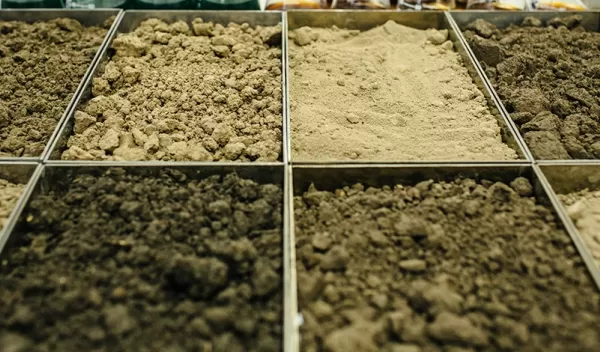
New study reveals that soil is a significant carbon sequestration driver
As harmful atmospheric carbon dioxide levels continue to increase, understanding the planet's carbon balance is increasingly important.
A new report by U.S. National Science Foundation-funded ecologists at Arizona State University has quantified the global soil carbon sequestered by roots and the amount leached into the soil. It reveals that climate and land-use are major influencers of belowground carbon sequestration.
The study, "Global patterns and climatic controls of belowground net carbon fixation," also finds that the amount of carbon sequestered belowground changes with precipitation, but carbon sequestration's effect varies among large vegetation species.
Scientist Osvaldo Sala of ASU and colleagues collaborated on the paper, published in Proceedings of the National Academy of Sciences.
Using a newly developed approach to measuring carbon sequestration, the researchers discovered that belowground carbon sequestration accounted for nearly 46% of the planet's total carbon fixation.
"This work is important in the pursuit of a better understanding of the global carbon balance and how it responds to climate change," Sala said. "The new approach provides a comprehensive global quantification of root productivity that will help in modeling the global carbon cycle, and perhaps lead to new innovations in approaches for carbon removal."
The research was conducted in part at NSF's Jornada Basin Long-Term Ecological Research site.
"The study will have a major impact on present and future estimates of how much carbon is fixed and stored by plants, critical information for future policy decisions in the face of global environmental change," said John Schade, a program director in NSF's Division of Environmental Biology.
